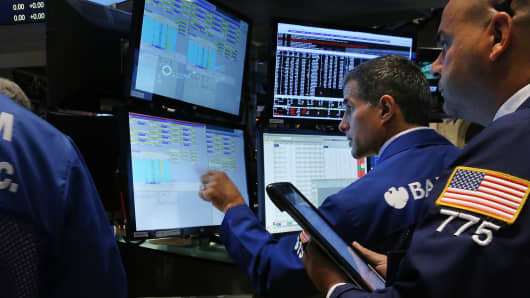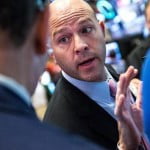
Why is the market rallying?
There have been tremendous cross-currents buffeting stocks for the past two weeks. Some of them have changed from negative trends to positive ones.
1) The two biggest sources of recent market volatility—oil and the high-yield market—are behaving themselves today.
2) Tax selling season—the period in early December when traders traditionally sell their biggest losers to harvest tax losses—begins abating in the middle of the month, which is right now.
3) The end of December is seasonally strong, culminating in the Santa Claus rally, the tendency of stocks to rally in the last five trading days of December and the first two of January.
4) Quadruple witching expiration—the quarterly expiration of stock and index options, and stock and index futures—occurs on Friday, traditionally one of the biggest volume days of the year and usually occurs with an upward bias.
5) Finally, the most important even —the Fed and the likely rate hike. Markets almost invariably rally in the days going into a Fed meeting.
Short-term volatility (VIX) has been elevated—higher than VIX futures contracts out for several months—because of concern around the Fed meeting.
There has been elevated volatility recently in the oil markets, in the equities markets, and in the credit markets. Oddly, there has been very low volatility in U.S. rates. That’s because the upcoming rate hike seems to be priced into the markets. The Fed Fund futures market is implying a 76 percent probability of a hike this week.
If we only had the first four events, I would confidently predict the markets will be higher at the end of this week. But the Fed is such a wild card I know of almost no one making confident predictions about the direction of the market in the next few days.
Raymond James’ Jeff Saut was on our air this morning, noting that all that uncertainty around the Fed will be cleared up shortly, and this could be a positive:
“Also, there could very well be some money on the sidelines that has been waiting for the official announcement to get put back to work since investors may have been hesitant to make commitments right before such a big event, which could help soften any dip we may end up getting.”
[“source -cncb”]



